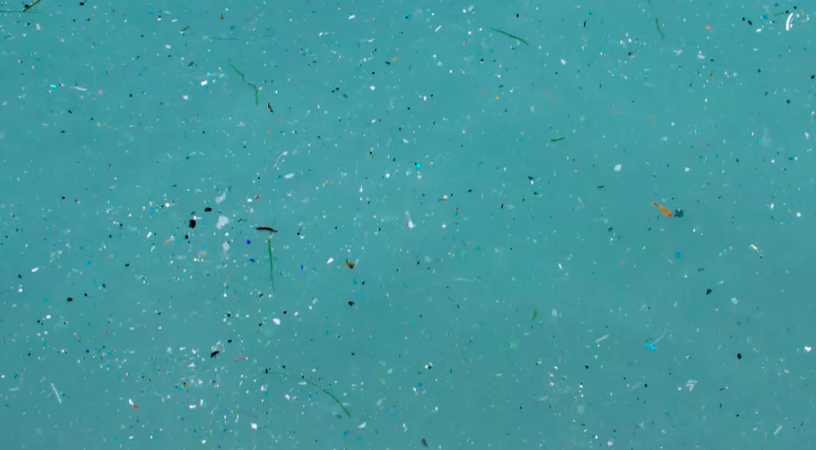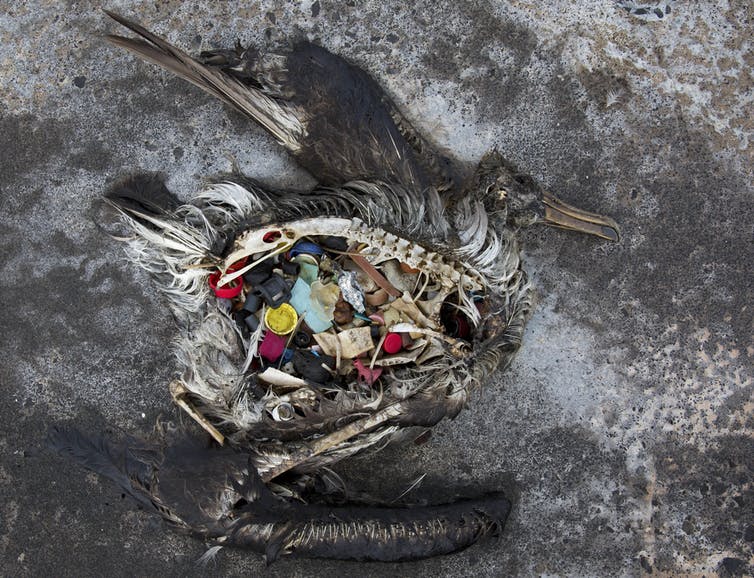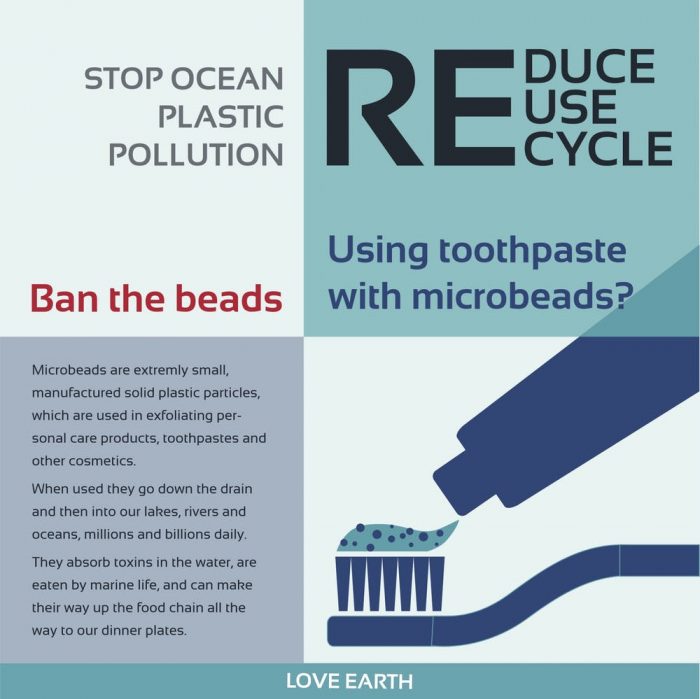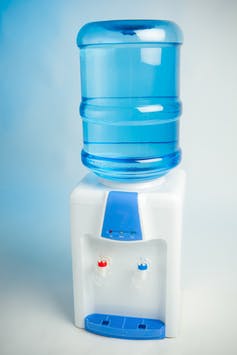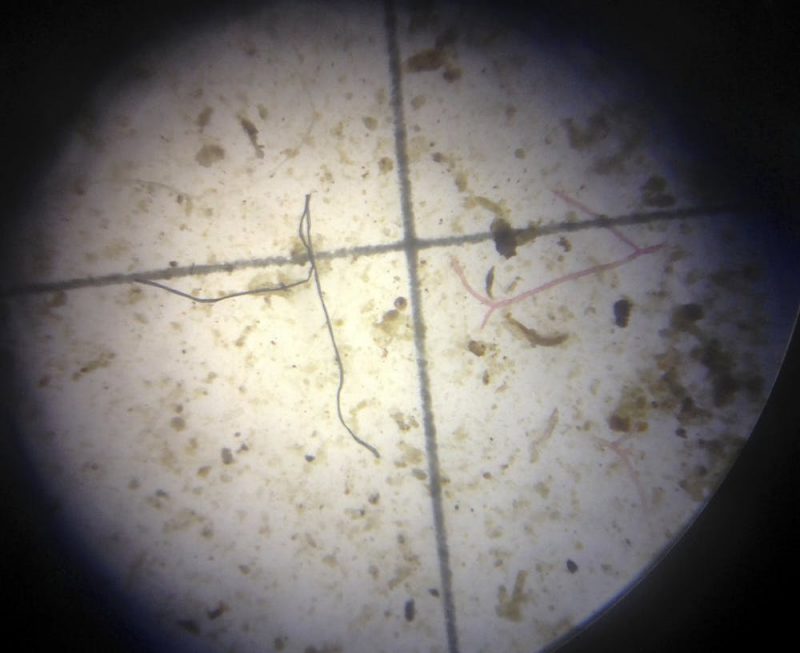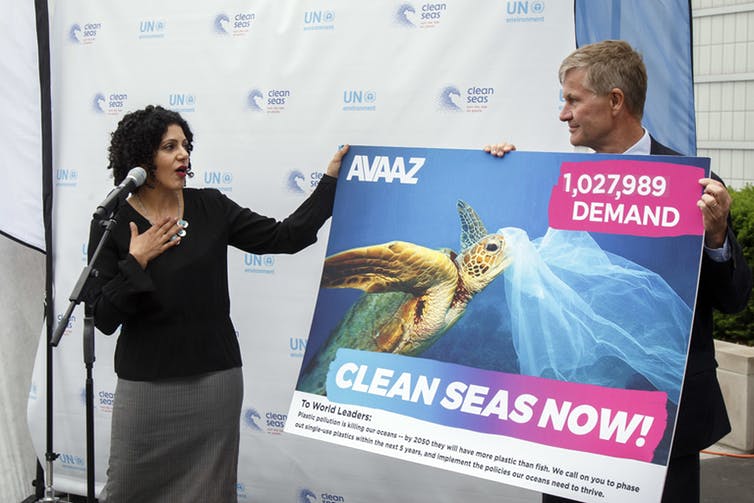Peter Unger traveled the world, first in the Navy at the tail end of the Korean War and then as a free spirit searching the ancient paths of India for life's sacred meaning.
Toward the end of his life Unger, sporting a flowing white beard and well-off financially thanks to his handcrafted jewelry business, sought sanctuary in the idea of living simply.
But in a twist of fate, the 85-year-old who shunned worldly cares was found dead May 7, alone in a nondescript white Ford van that sat parked undisturbed for days at a Walmart, a retail giant seen by many as America's temple of commerce and materialism.
Unger was among the growing number of people around the country who drew their last breaths in Walmart parking lots.
It is not that the parking lots are unsafe. In fact, it is the relative safety of the well-lit and busy lots — combined with a welcoming corporate policy — that has drawn more people like Unger to call the Walmart parking lots home, if only temporarily.
And where people live, they also die.
They include those who are homeless, truckers, immigrants, drug-addled, suicidal or ill — all whose bodies are found nationwide in cars, vans and other vehicles in the parking lots of the retail giant. It is the last stop, one that can go unnoticed amid the daily crush of shoppers searching for deals, sometimes focused on the rattle of carts instead of their crowded surroundings.
In Brevard, police have investigated nearly half a dozen such parking lot deaths since 2015, from the badly decomposed remains of a man found inside a fly-swarmed sedan at a beachside Walmart in the simmering July heat to that of a man who suffered from cancer, found the same year in a sport utility vehicle that sat in a far corner of the Walmart lot in Viera. In both cases, it was the pungent smell that first caught the attention of passers-by or workers.
“It's unfortunate but these do happen ... it's not uncommon,” said Lt. Cheryl Trainer, spokeswoman for the Melbourne Police Department, an agency that has investigated the bulk of the Walmart parking lot deaths on the Space Coast.
In each case, officers turn up in environmental suits and masks, sorting through the grisly discoveries, from pill bottles to notepads and photos left behind, hoping to piece together the lives of people like Unger who ended up in the parking lots.
The bodies — the shell of their physical humanity faded and decomposed by the elements — are carefully removed and turned over to medical examiners. Family members, if any can be found, are contacted.
Across the nation, the stories bear similar refrains:
— In California, a woman missing for months turned up dead. Investigators in the February 2016 case said the woman's body remained in the car, parked at the retailer, for up to three months.
— In Illinois, the body of a 49-year-old man who was reported missing for more than a month, was found dead May 18, 2018, in a van at a Bradley, Illinois, Walmart. He was seen going into the store on May 1 and then leaving a short time later. He died of natural causes, according to media reports.
— In Ohio, police said a 59-year-old man found April 17, 2018, in a pickup truck at an Airport Thruway Walmart, died of natural causes. The body was in the truck, parked on the side of the retail store since April 8, authorities report.
— Here in Florida, a Walmart employee walking the parking aisles Feb. 22, 2018, at a Tarpon Springs store reported a strong odor. Officers arrived and found an unidentified body. Police suspected suicide.
Walmart has a longstanding corporate policy that anyone is welcome to stay in their parking lots overnight, depending on local laws. The open-lot policies vary from area to area, depending on the store managers.
“Most of the people we see are actually travelers, people in RVs. There's like a whole society or culture out there. We do go out and check the lots, get the cars and keep an eye out for trash, but our workers aren't peeping into people's cars,” said Casey Staheli, a spokesman for Walmart, whose corporate offices are based in Arkansas.
“Unfortunately, they might smell something and that's when it's brought to our attention.”
Other retailers besides Walmart see similar deaths in their parking areas. A West Melbourne McDonald's was the site of another gruesome discovery in April 2017 when a man's body was found inside a van. He had overdosed. But none are as pervasive or as consistent as the ones that happen at Walmart, which has about 4,000 stores nationwide.
Truckers, recreational vehicle enthusiasts, and others view parking spaces as prime locations to find rest. Weary travelers see the stores as friendly and convenient, modern meccas for the nation's transient, mobile culture. Inside are restrooms, lower-priced groceries, medical supplies and even portable grills for cooking. There's also hot coffee, newspapers, and smiles from greeters.
Others also find the lots — despite the hustle and bustle or the sound of the occasional bass-heavy car blasting music — as places of safety and belonging.
Tommy Studstill, a Cocoa minister who advocates for the homeless, readies hygiene products, food, and clothes for clients who colonize diverse locations from wooded areas to store lots.
Some who may be living in their automobiles are transient, struggling to hold on to jobs, Studstill says. Some park at Walmart in the cool of night and then move on to other sites in the heat of the day.
“But not everyone who sleeps at Walmart is homeless. They just might not be able to afford a motel room. Walmart is one of the very few retailers that would say, `Look, don't cause us any problems and you can go ahead and sleep in the parking lot,' “ he said.
“These are people who stay low-key. For some, it's extremely embarrassing to be homeless, sleeping in a car. I know one man whose family lives in a car. During the daytime, the wife drops him off at work. That's why I will have to give Walmart credit for what they're doing,” Studstill said. “People just don't realize just how many people are out here,” he added.
According to estimates from the Brevard Homeless Coalition, about 845 people — sheltered and unsheltered — in Brevard County are homeless, according to statistics from 2017. And many use Walmart as a way station, or a place to find supplies or even live from time to time, says the group's executive director Mark Broms.
For others like Unger, though, the lure of the open road has led them to abandon houses and apartments and live in their vehicles.
Unger, who chose to be homeless for the last decade of his life, had been writing letters to his son, talking about his exploits and a life untethered to marterialistic values.
The two last talked face to face about two years ago.
“He was a philosopher, a wisdom-seeker,” said Charles Unger of his father, whose remains were found at the Melbourne Walmart on Wickham Road.
“He liked to teach people to be positive. He could have bought a house but didn't believe in material things and barely had a cellphone,” said Unger, who lives just outside of Las Vegas, Nevada.
But his father did like Walmart, where he found commonality with others who would be passing through and needing a place to rest.
“He could cook in the parking lot,” Unger said. “He would tell me that wherever you go in the U.S., you would find professional campers you could associate with. It's like a little subculture.”
Toward the end, the man who loved the Eastern teachings of Indian gurus like Paramahansa Yogananda while shunning the western aesthetic of having a home and the latest sports car, saw Walmart and its parking lot as another place of solace.
“When I last saw him he wore a hat for the sun, dark sunglasses. He loved philosophy. The big lesson from him was that you could do anything if you put your mind to it. He taught me how to survive, gave me a lot of life lessons,” Charles Unger said. “He loved shopping at Walmart.”
At some point in early May, Peter Unger — the world traveler, the philosopher, the father and the jewelry maker — climbed into his 2003 Ford van in the parking spot near the Greyhound Park entrance. He was last seen at the store a week earlier, according to police reports.
On May 7, there were complaints about an overwhelming odor coming from the van with taped-up doors. Someone tried to peek inside but saw no movement.
Unger was dead.
That his father died alone in a Walmart parking lot and chose an isolated lifestyle doesn't escape Charles Unger's thoughts.
Yogananda once reasoned, “Take life as it comes and death as it comes.”
Charles Unger, instead, points out that his father saw lessons in such moments, even when they happened at Walmart.
“He was like a man born out of time.”






